What is a digital potentiometer?
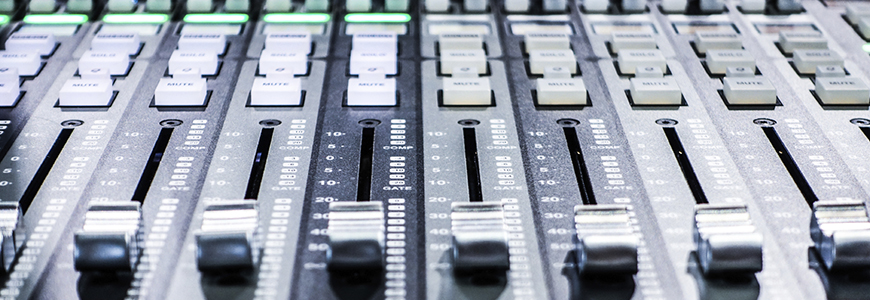
This article introduces "digital potentiometers," which may not be very well known.
What's a potentiometer?
A potentiometer originally refers to a device that converts a resistance value, which varies depending on the rotation angle or position on a straight line, into a voltage (current). A variable resistance (volume) or a semi - fixed resistance (trimmer) that adjusts an analog voltage or current is also used as a type of potentiometer.
Structurally, it consists of a resistor and a contact that slides over the resistor.
Is the volume digital?
Since the potentiometer has a sliding part due to its structure, when vibration or impact is applied, the position of the contact may change and the output may change.
Also, due to aging, the normal output may not be obtained due to contact failure.
When you turn the volume of an old radio, sometimes it makes a "crunch" sound, doesn't it? This is due to contact failure.
Digital potentiometers have no mechanical moving parts, so they have a longer life as components. They also have no sliding parts, so there is no problem due to poor contact. So how do you use digital potentiometers?
Operation of the digital potentiometer
Even if it becomes digital, the function is the same as a conventional potentiometer.
A common application in electrical and electronic circuits is for voltage regulation, current regulation, and gain regulation.
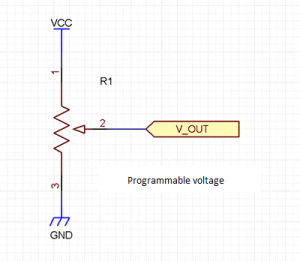
|
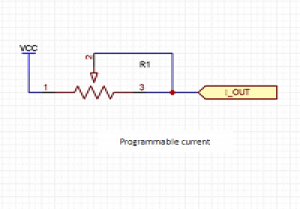
|
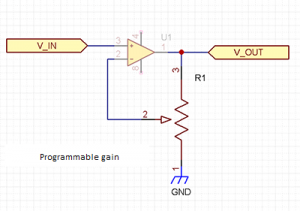
|
Digital potentiometer architecture
Digital potentiometers are also three - terminal devices, each of which consists of a series of resistor strings and switches.
By setting the position of the wiper terminal with a digital code, it can be connected to any position on the resistance string.
The resistance between 1 and 3 is called end - to - end resistance.
The sum of the resistance between 1-2 and 3-2 is the resistance between 1-3.
There is no particular restriction on the voltage polarity applied to the terminals 1, 2 and 3.
Do not apply a signal that exceeds the supply voltage range.
Digital potentiometer interface
Now, how do you change the resistance of a digital potentiometer?
There are various interfaces for setting the resistance value.
In addition to the commonly used serial interfaces such as I2C and SPI, there are push button interfaces that increase or decrease the resistance value by up and down buttons, and up and down interfaces that increase or decrease the resistance value by the Hi/Lo level of the signal.
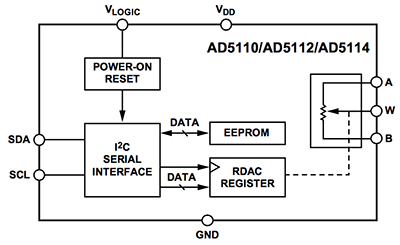
|
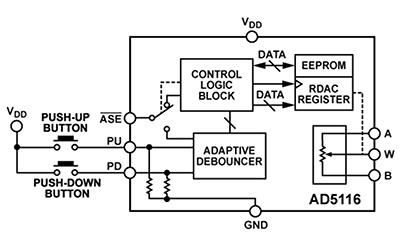
|
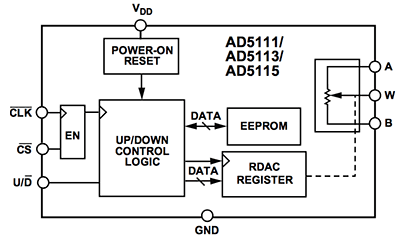
|
Internal memory of the digital potentiometer
Now, I hope you understand the approximate operation of the digital potentiometer. Here are some things to keep in mind when using.
First, regarding the set resistance value, the position of the mechanical potentiometer or volume is kept even if the power is turned off, isn't it?
However, since the digital potentiometer is electrically set to a resistance value, the resistance value is reset when the power is turned off.
Therefore, a built - in memory is used to store (record) the set resistance value for in which the set resistance value is to be retained even when the power is turned off.
Depending on the use and purpose of the digital potentiometer, the following types are available:
| Type of resistance setting memory | Resistance setting operation of the potentiometer by memory type |
|---|---|
| Volatile memory | The resistance value set by turning the power OFF is reset. Typically mid - scale on power up. |
| One - time programmable | The power - up position of the wiper can be set only once. Ideal for factory calibration. |
| Multi - time programmable | It is equipped with a memory that guarantees the wiper setting to be held for several tens of times. |
| EEPROM | Some guarantee up to 100k rewrites and 50 years of data retention. |
Select the interface and memory configuration depending on the usage.

